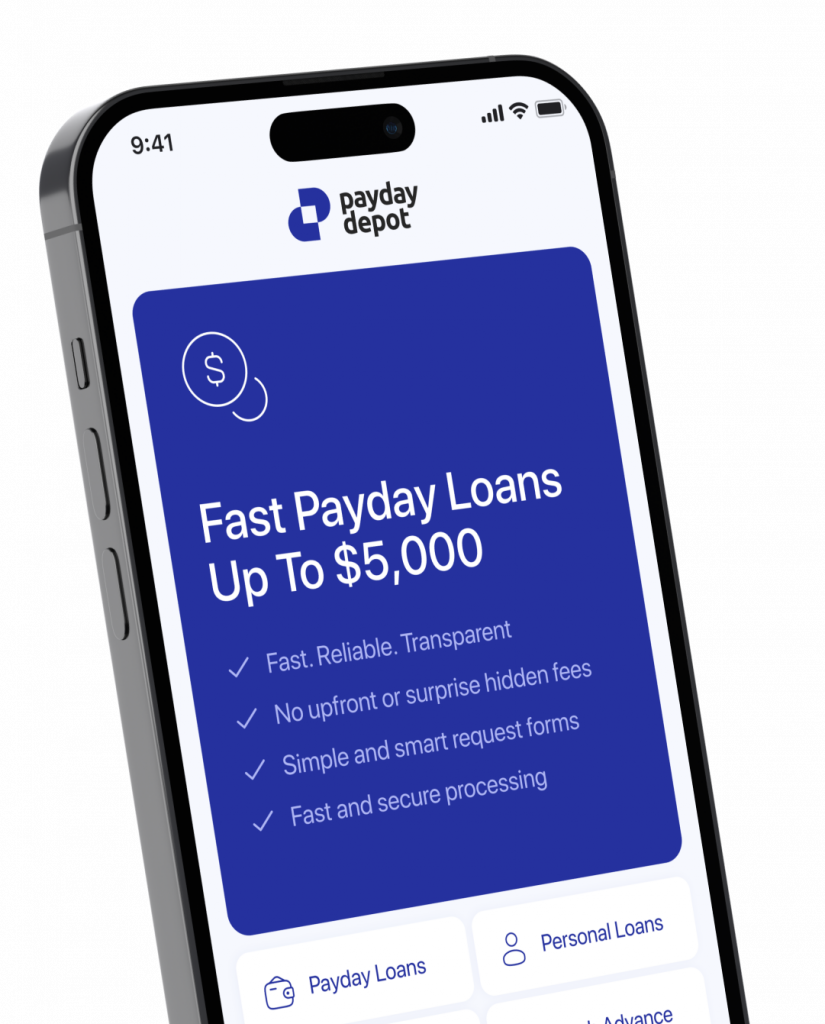Fees & Rates
These days, there are many programs that help people get over short-term financial struggles. Naturally, this variety of financial products will have slightly different conditions. As much as all the terms of the loan agreement are important, the rates & fees conditions should be some of your primary concerns.
Our goal is to educate you and explain what to expect. Before you sign any paper, here is what you need to know.
Why Rates and Fees Are Flexible
We can’t give you exact information about the fees and rates of lenders. Not only all credit products come with different fees and penalties, but some factors also vary based on your unique case. We’ll explain how prices are formed so that you know which questions to ask later. But most importantly, you’ll understand that it’s not enough to just look at one estimate when assessing lender terms.
Each application will be different in at least several details, such as loan amounts, its maturity, your credit score, etc. As a potential applicant, you can contact the lending company directly. This way, you can ask what costs they impose on their clients and receive an exact number.
How Your Payments Are Calculated
To give you a general sense of your future monthly payments, we’ve compiled key factors that you need to consider:
- Interest rates – Obviously, this percentage is the main thing you need to keep in mind. These rates are usually fixed, so you’ll be paying the same amount on a consistent basis.
- Loan amounts – The costs will vary depending on how much you take out; for example, it can be in the hundreds of dollars or in the thousands.
- Special terms – The time between borrowers initially receiving the money and when they need to pay it back affects the rates. Ask the lender what time frame will you should choose to get a better deal.
What Fees Does a Short-Term Loan Come With?
There are several types of fees that borrowers need to consider. Take a look at the most common ones so that you’re not taken by surprise later:
- Application fees – These fees cover costs that lender comes across when processing your initial application; for example, background checks.
- Origination fees – This one is meant for administrative work that’s needed to keep the process going. It’s quoted as a percentage from the requested loan.
- Pre-payment fees – Will you need to pay extra if you repay the debt before the specified term? Make sure to include that in your calculations.
- Late-payment fees – Finally, you might bear monetary problems if you fail to make your repayments as discussed in the agreement.
Keep in mind that not all lenders impose all these fees. So, take the time to look at multiple available options to find the one with the lowest fees.
How to Reduce Short-Term Loan Costs
As a borrower, you have the power to change your total costs to a certain extent. Here are our most effective recommendations to avoid additional expenses:
- The first thing is to make the monthly minimum payment on time, as this is the least you could do. You’ll prevent late payments that stay on your credit report for up to seven years.
- If, for some reason, your payment is going to be overdue, discuss this with the lender before it happens.
- Use automated tools. You’ll avoid the risk of simply forgetting about a payment.
- Find out the terms for paying off the debt early. Sometimes, there are discounts while other times, there are penalties – so feel free to ask about this.
So, are you convinced that short-term debt is definitely worth it in the end? You never know when you’ll need some capital on hand, and having a reliable back-up plan helps out immensely. Get in touch with our specialists at Payday Depot for quick financial assistance.
